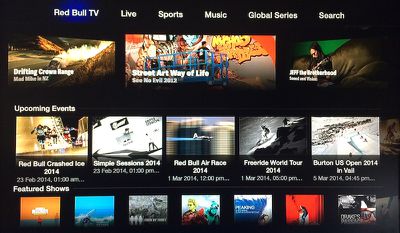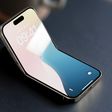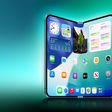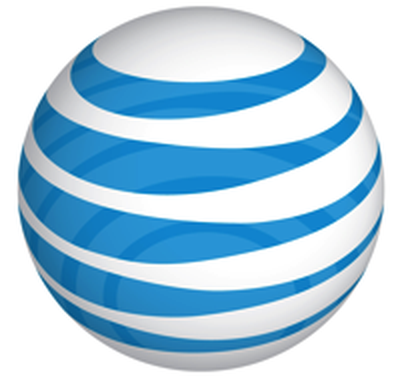 AT&T is now offering customers $200 off cellular iPads when added to an existing Mobile Share data plan, with a two-year commitment. It's one of the best discounts we've seen for new iPads and it is available on all iPad models offered by AT&T, including the iPad Air and iPad mini, both with and without Retina display.
AT&T is now offering customers $200 off cellular iPads when added to an existing Mobile Share data plan, with a two-year commitment. It's one of the best discounts we've seen for new iPads and it is available on all iPad models offered by AT&T, including the iPad Air and iPad mini, both with and without Retina display.
The deal combines an existing promotion that offers $100 off tablets with contract and a new promotion that offers $100 bill credits to customers who add a new smartphone or tablet to an existing account.
An AT&T spokesperson confirmed to MacRumors that the two promotions can be used together. $100 of the credit will be applied at purchase while the other $100 will appear as a bill credit within 3 billing cycles. Customers must remain with AT&T for 45 days to receive the bill credit.
A 16GB Retina iPad mini is normally $529, but would be available through the program for $329 after both credits, while the $629 16GB iPad Air would end up at $429.
The promotions are available to all AT&T customers, new and existing, who have or sign up for Mobile Share plans. The $100 bill credit promotion also applies to iPhone purchases when adding a new line, both on-contract and on AT&T's Next financing plan.
The new $100 bill credit is also available when customers bring their own device. That is, users who already own an iPhone or cellular iPad can open a new line on a Mobile Share plan and receive a $100 bill credit with no commitment beyond 45 days.
Purchases can be made at AT&T retail stores as well as its online store at ATT.com.
U.S. cellular carriers have been in a marketing war in recent months, particularly between T-Mobile and AT&T. Recently, AT&T began a new promotion to offer up to $450 in credits to customers that switch to it from T-Mobile, while T-Mobile launched a similar program offering up to $350 in credits to customers that switch to it.



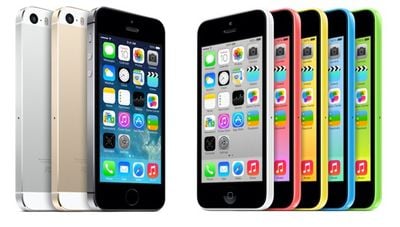

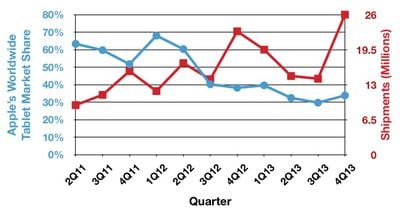
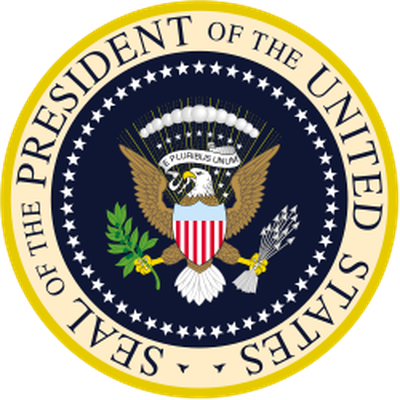 During his yearly State of the Union address, President Barack Obama mentioned that the Federal Communications Commission, along with tech companies such as Apple, Microsoft, Sprint and Verizon, would be providing the framework needed to connect over 15,000 schools and 20 million students to high-speed Internet over the next two years.
During his yearly State of the Union address, President Barack Obama mentioned that the Federal Communications Commission, along with tech companies such as Apple, Microsoft, Sprint and Verizon, would be providing the framework needed to connect over 15,000 schools and 20 million students to high-speed Internet over the next two years. 
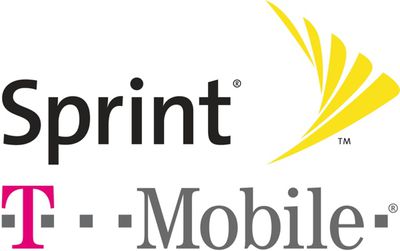 Back in December, it was reported that Sprint -- the U.S.'s third-largest cell carrier -- was
Back in December, it was reported that Sprint -- the U.S.'s third-largest cell carrier -- was  Last October, Apple
Last October, Apple 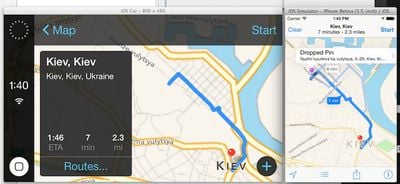


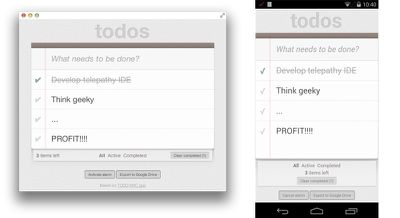
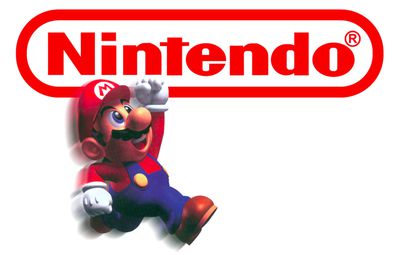
 Activist investor Carl Icahn
Activist investor Carl Icahn 

